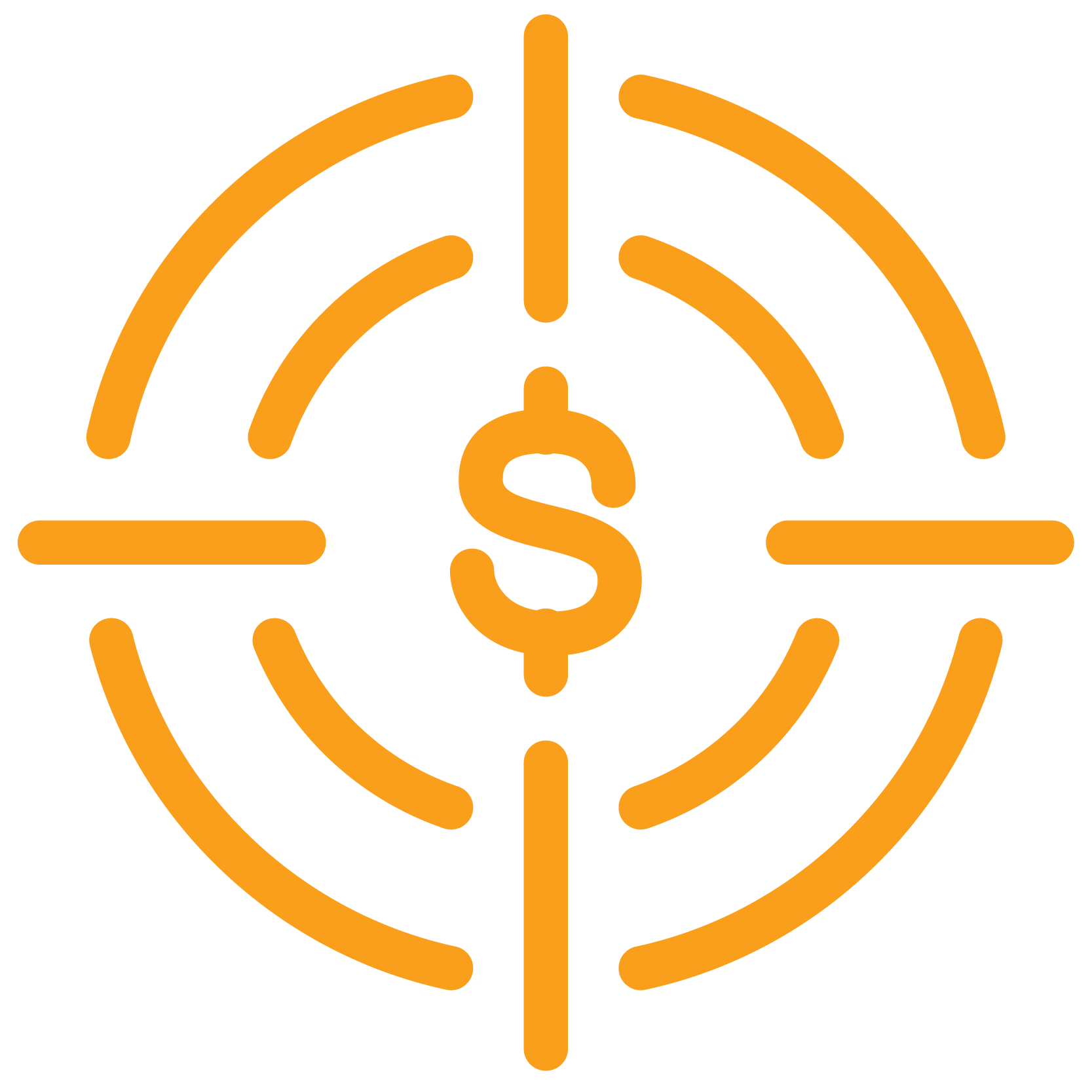
Want a proactive hotel sales strategy? Work backward.
When we partner with clients to elevate their hotel sales teams and create a more robust book of business, we establish the ultimate goal of conversions first. Then we chart a course to get there by reaching the right B2B professionals and making a compelling case to be chosen for business.
We map out the right tactics so we’re crossing paths with the people who sit in the right seats. We want leaders who make purchasing decisions with hotel properties.
That’s the lead we want to get. So how do we find them?
Categorizing Leads for a Proactive Sales Strategy
First, we split lead generation into two lanes:
Reactive Leads
These inquiries typically come by way of requests for proposal (RFPs) from prospective buyers, and hotel sales teams find themselves reacting to those leads in a short window competing on price. It’s not ideal, but it’s business.
Proactive Leads
Meanwhile, these inquiries are the fruits of your sales and marketing labor. Taking charge by proactively creating content and messaging will educate your customers and build affinity for your properties no matter where the potential buyer sits in their journey.
You always want the former—it means your property or properties are garnering genuine interest on their own—but you’re going to stay afloat with the latter.
Think about pulling leads into your own funnel rather than being pulled into the buyer’s funnel, where they’re already so close to a decision that you barely have time to differentiate yourself or build a relationship with the person you’re trying to do business with.
Differentiating the Two
It comes down to the biggest differentiating factors between reactive leads and proactive leads.
Reactive leads are great in your inbound business but can be harder to convert because of the compressed window to earn business. Plus, it derives most of your value solely from price.
On the flip side, proactive leads are the byproduct of your own handiwork. You’re setting the expectation, have time to explain your competitive value (beyond just price) and, using a library of content, can use the right messages at the right time—no matter when you catch a prospect in the buyer’s journey.
On an industry level, there is so much unexplored potential waiting for you with a proactive sales strategy. From our vantage point of working with clients of all shapes and sizes and all types of markets, we can tell you the best of the best are finding millions of dollars in new opportunities by revitalizing their new business development approach.
So that brings us to our main point: Target the right people with the right messages. That’s the endgame.
Evolve Your Thinking
Marketing to B2B decision-makers is a different beast, and you’ve got to be a different breed of sales team to tame it.
As we discussed last week, the buyer’s journey is a lot longer than you think, and we put ourselves in the same crunch of being commoditized by not reaching buyers on their terms and time.
Shift to proactive sales and marketing to stop the madness. You’ll, of course, see your MQLs increase, but down the line, you’ll have better SQLs who will take you at more than face value (aka price). So with proactive sales and marketing tactics filling the funnel, you will have more quantity to work with and ultimately more quality when it comes time to purchase.
Converting qualified MQLs into SQLs takes a plan to get the right kind of lead—your B2B decision-maker—through the buying process and ready to pull the purchasing trigger.
Follow Up and Nurture
Now, equal parts science and art. We call it “follow-up and nurture”—that means consistent and impactful messaging to stay top-of-mind and valued by your leads.
The follow-up is science. The nurture is art.
Calculate your messaging frequency and the steps taken to serve those messages to leads for your follow-up framework. Then you can nurture them by creating content that genuinely answers their questions with benefit- and empathy-driven messaging.
If you can hit both of those marks, you’ll find your sales team talking specifics with leads and getting those decision-makers to sign on the dotted line more times than not. The proactive sales strategy process will keep you busy and requires a diligent approach, but once built, it can turnover-proof your team and keep business humming year over year.
This is the second installment of a three-part series on our blog to help you revitalize your new business development. Get caught up with the first of the three blogs, and be sure to come back for the final one next week.




